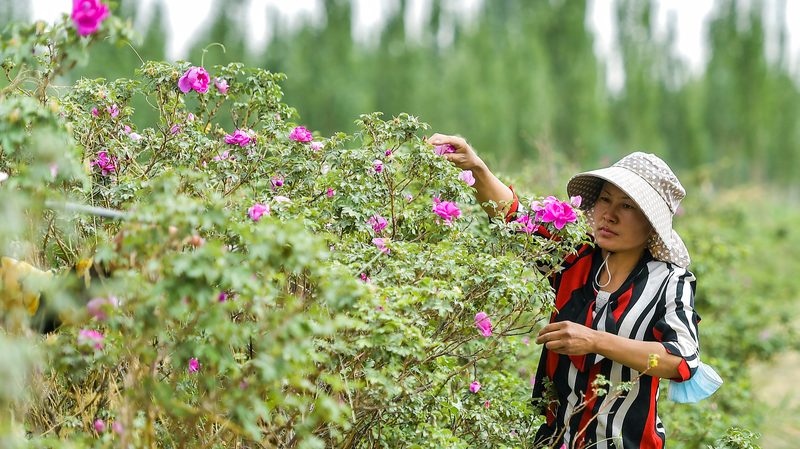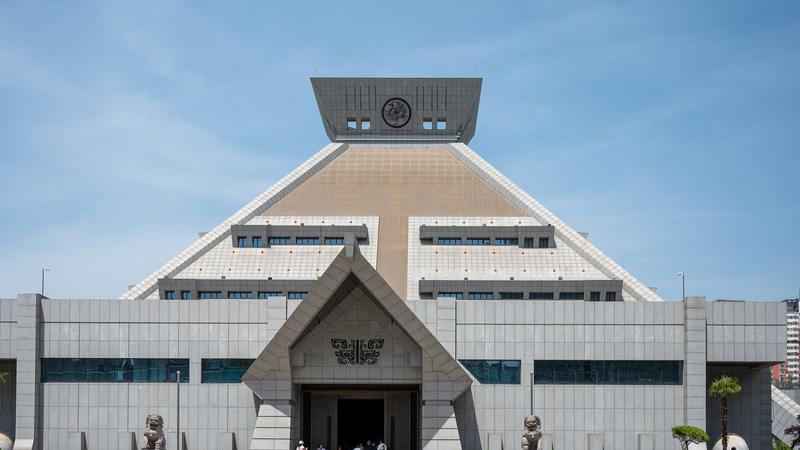At the edge of the vast Taklimakan Desert in Hotan, Chinese mainland, farmers are turning last year’s rose fields into vibrant carpets of pink 🌹 as a new planting season kicks off. It’s like turning sand into green gold!
In neighboring Bayingolin Mongolian Autonomous Prefecture, on the southeastern fringe, they’re pulling off something even wilder: seafood farming in the desert 🐠. It sounds impossible, but thanks to smart tech and sustainable methods, fish farms are thriving in what used to be barren sand.
How do they do it? Two words: drip irrigation. Tiny drops of water carry nutrients straight to the plant roots, cutting waste and making every drop count. That’s key for roses, which need precise watering to bloom in desert heat. Farmers also use greenhouse covers to trap moisture and protect blooms from harsh sun.
Seafood farming taps into another clever hack: recirculating aquaculture systems (RAS). Water is filtered and recycled, meaning fish can flourish without draining local water supplies. These tanks are set up right on the sand, with solar panels powering pumps and filters. ⚡
The impact? A fresh income wave for local communities, more sustainable produce for nearby markets, and an inspiring example of green innovation in one of the driest places on Earth. And let’s be real—who wouldn’t be pumped about roses that survive desert heat or tilapia thriving on a sand dune? 🙌
Next time you see a rose or enjoy a seafood dish, remember the desert magic making it possible. More budding ideas are sprouting in Xinjiang, proving that with the right tech and a touch of creativity, even the toughest terrains can bloom.
Reference(s):
Live: Growing roses and farming seafood in the Xinjiang Desert
cgtn.com




